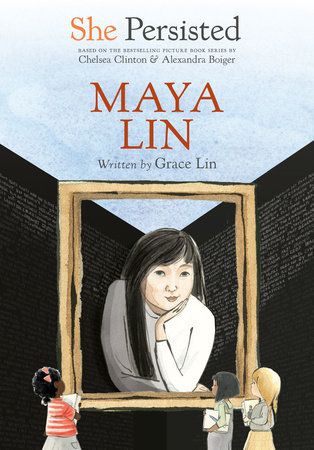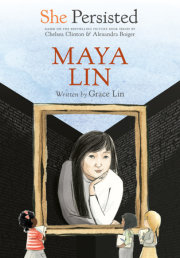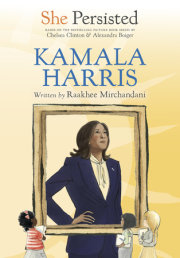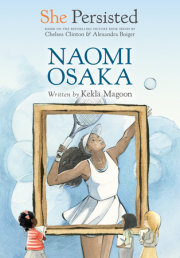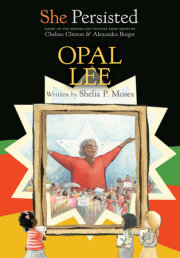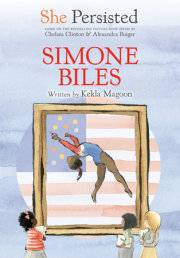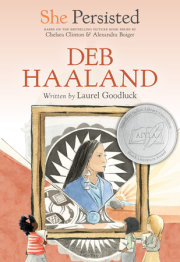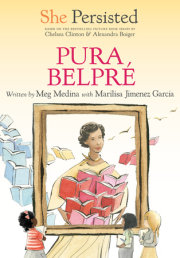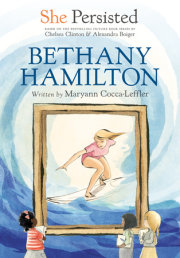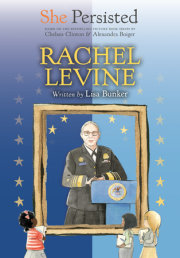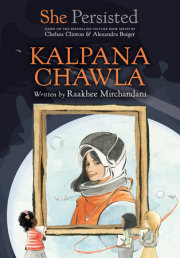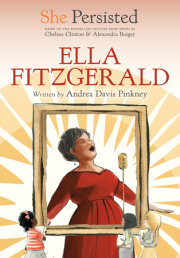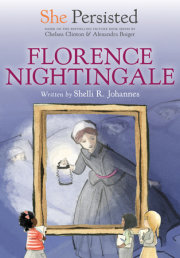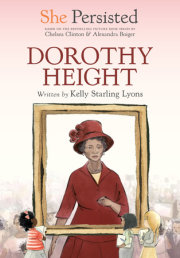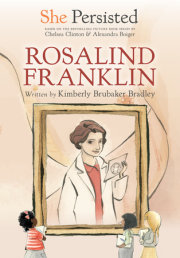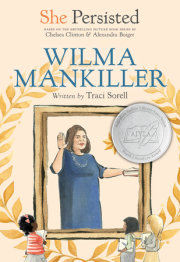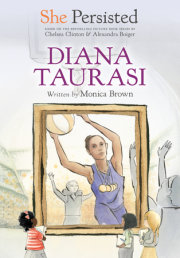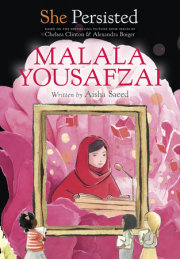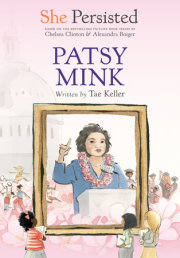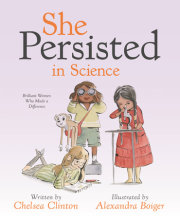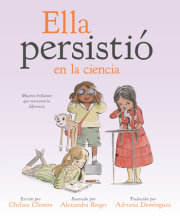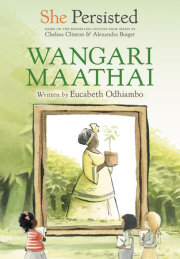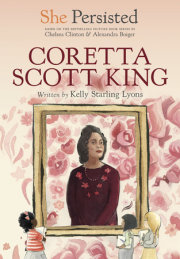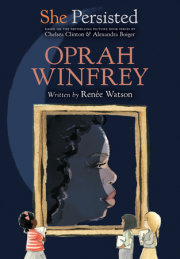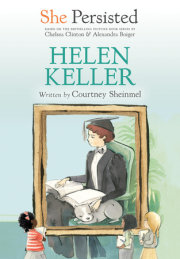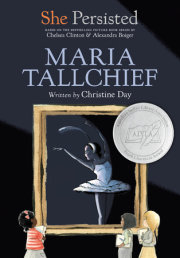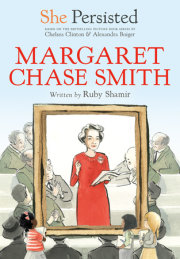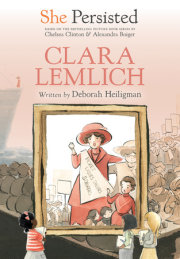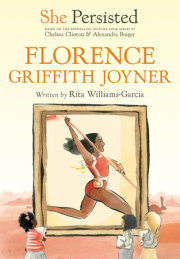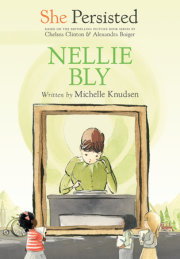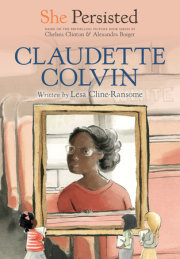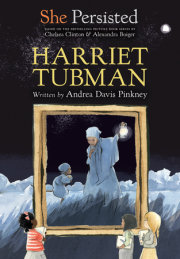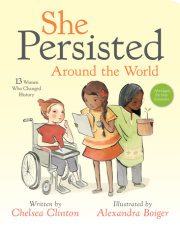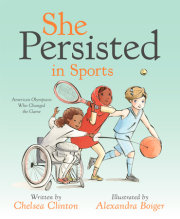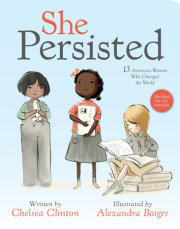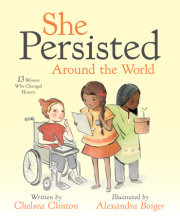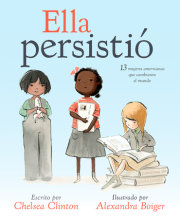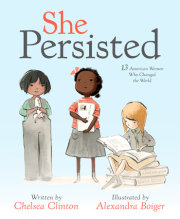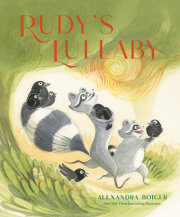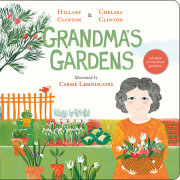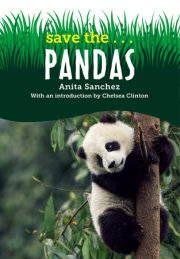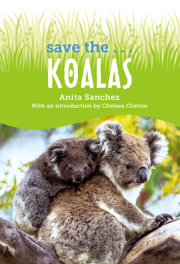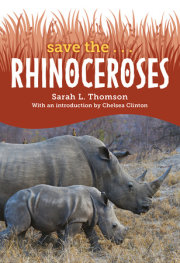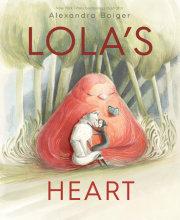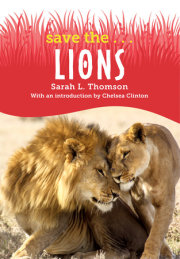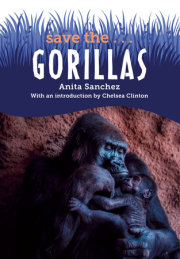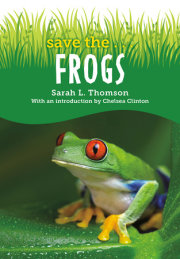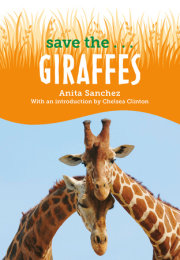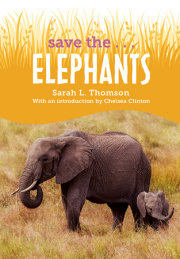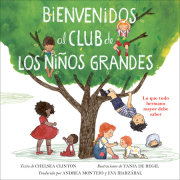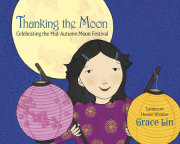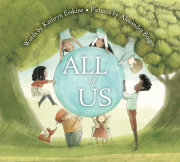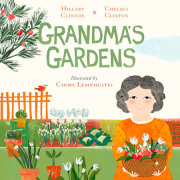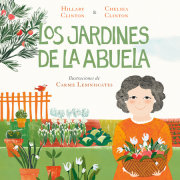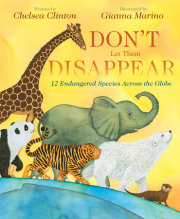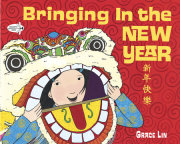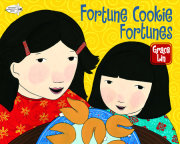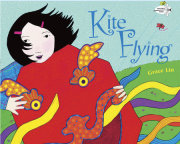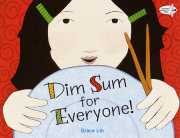Chapter 1
Maya
Maya Lin was born on October 5, 1959, in Athens, Ohio. But her parents hadn’t always lived there. They had both escaped from China after a civil war in which the Chinese Communist Party won. Maya’s father, Henry Lin, had to leave China because his family had supported the other side in the civil war. It was dangerous for him to stay in China once the war was over, so he left. Maya’s mother, Julia, had the opportunity to attend Smith College in the United States. Even though she had to be smuggled out of Shanghai on a boat and face monsoons and pirates, she was determined to go. And she did!
Henry and Julia met and married in the US. They were far away from their native land, but they were determined to build a life together. After their son, Tan, was born, they moved to Athens, Ohio, to teach at Ohio University. Henry, an artist, became a ceramics professor, and Julia would become an English professor. And then Maya was born.
“All the female Lins are very strong, very independent,” Henry once said. “All very talented and very determined.”
Maya was destined to be no different. Her middle name, Ying, meant “precious stone,” and though her parents did not realize it when they named her, it was a hint at her future.
As a child, Maya didn’t think about strength, independence, talent, or determination. She did think about a precious stone, however. Her brother owned a beautiful geode that she admired greatly. Maya would often borrow the geode. Tan, after finding it on her desk, would bring it back to his. The geode went back and forth between the two desks constantly.
But even more than passing the stone back and forth, young Maya spent most of her time watching the world around her.
The Lins’ home was set in the hilly woods, far away from other houses. So, Maya watched the nature that surrounded her. She would sit in silence, watching the animals and noticing how the streams formed ridges in the land.
Maya watched her father too. She spent hours watching him pull and cut clay. She saw the shades of brown and gray on his potter’s wheel. She saw the earthen colors in the plates she used for meals. She saw the simple shapes of the furniture he made that she used every day.
She also saw her mother’s love of learning. Julia earned her PhD and Maya watched her study. Books were everywhere.
But there were some things Maya did not see.
Maya didn’t see her grandparents, her aunts or her uncles, since they all still lived in China. And even though they tried to send letters, they knew that China’s strict government was reading and changing their messages.
Maya also didn’t see many other Chinese Americans. Her family was the only Chinese American one in their town. Her parents wanted Tan and Maya to fit in, so they did not teach them Chinese. Because of this, “I thought I was white,” Maya said.
When she wasn’t watching the world around her, Maya was making things. At home, she made houses and villages out of paper. After school, Maya and Tan would go to their father’s studio and use all the materials there. Often, they would throw clay at the clock to cover the time. Their father would get annoyed, but he never made them leave. They knew, even when they were naughty, that they were always welcome at his studio.
The family spent most of their time together, which meant that Tan was Maya’s usual companion. They played chess together and fought like siblings do. Maya often tried to impress Tan—sometimes bragging. He, as the older brother, would try to humble her whenever she acted too proud of herself.
In China, the usual tradition was to favor boys over girls. But Maya’s parents didn’t treat Tan and Maya differently at all. Maya later said that she was “never told I couldn’t do something because I was a girl.” Her mother was a role model for her. She was a dedicated scholar. She wrote about Chinese woman poets. She wanted people to know and value these women’s important works.
And in Maya’s family, it wasn’t only about what women were allowed to do—it was about men too. Maya’s father had not been happy with his own upbringing, which had been very strict. In China, he had not been allowed to make art, but in the United States he could. These experiences caused Maya’s parents to give their children a great amount of freedom. Her parents seemed to think,
We’re not going to force Tan or Maya to do anything they don’t want to do.
Maya’s family home in the woods was filled with art and ideas, and with the spirit of independent thinking. It was a safe, private space for her family, separate from the community of Athens and, in many ways, from the world.
But while Maya was peacefully watching animals, the world outside was troubled. Black people in the US were demanding full civil rights and to be treated fairly. Several of their leaders, including Reverend Martin Luther King Jr., were killed. The Vietnam War, in which American soldiers were fighting halfway around the world, raged. People who did not believe Americans should be fighting in that war were protesting. But Maya was not really aware of any of this. It was “a very insulated and isolated childhood,” Maya said, but it was one full of thought and possibilities.
Copyright © 2022 by Chelsea Clinton. All rights reserved. No part of this excerpt may be reproduced or reprinted without permission in writing from the publisher.





